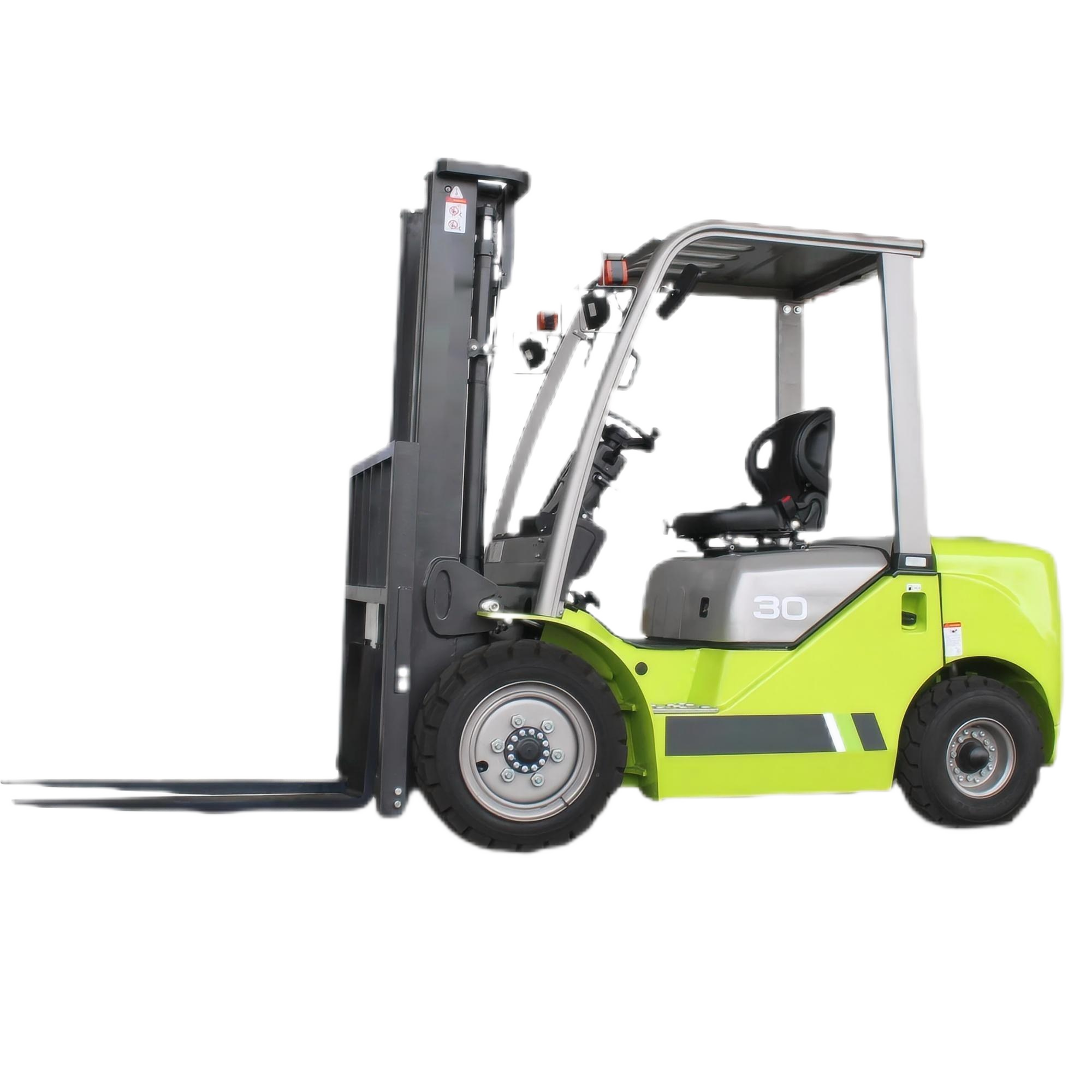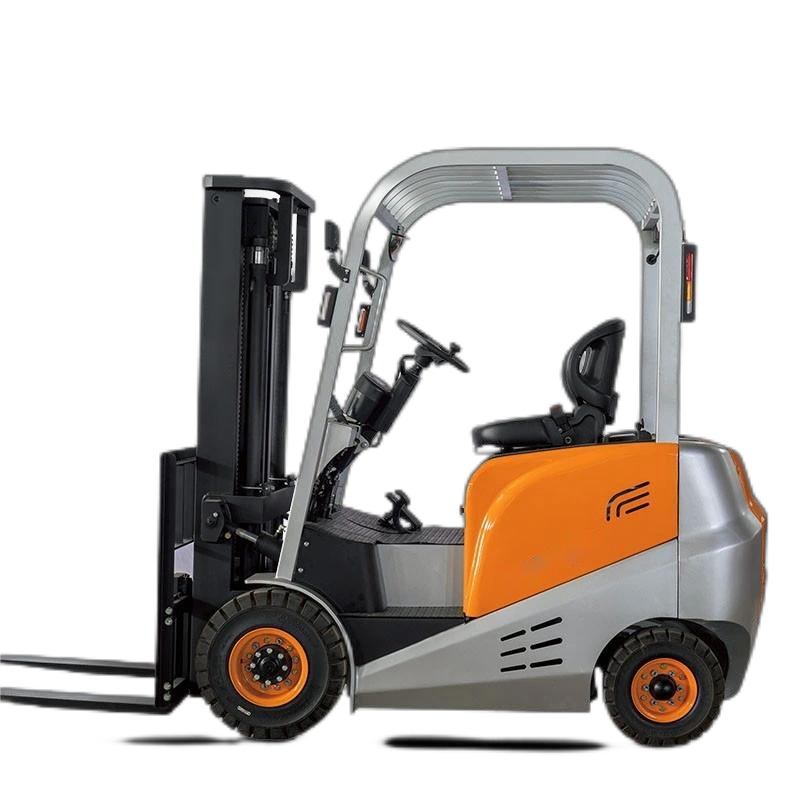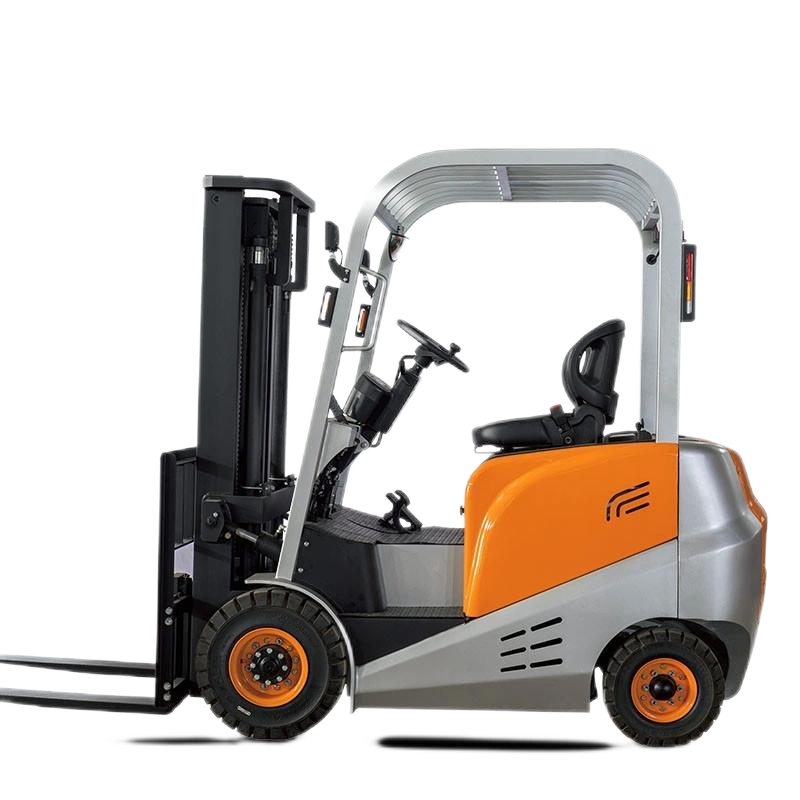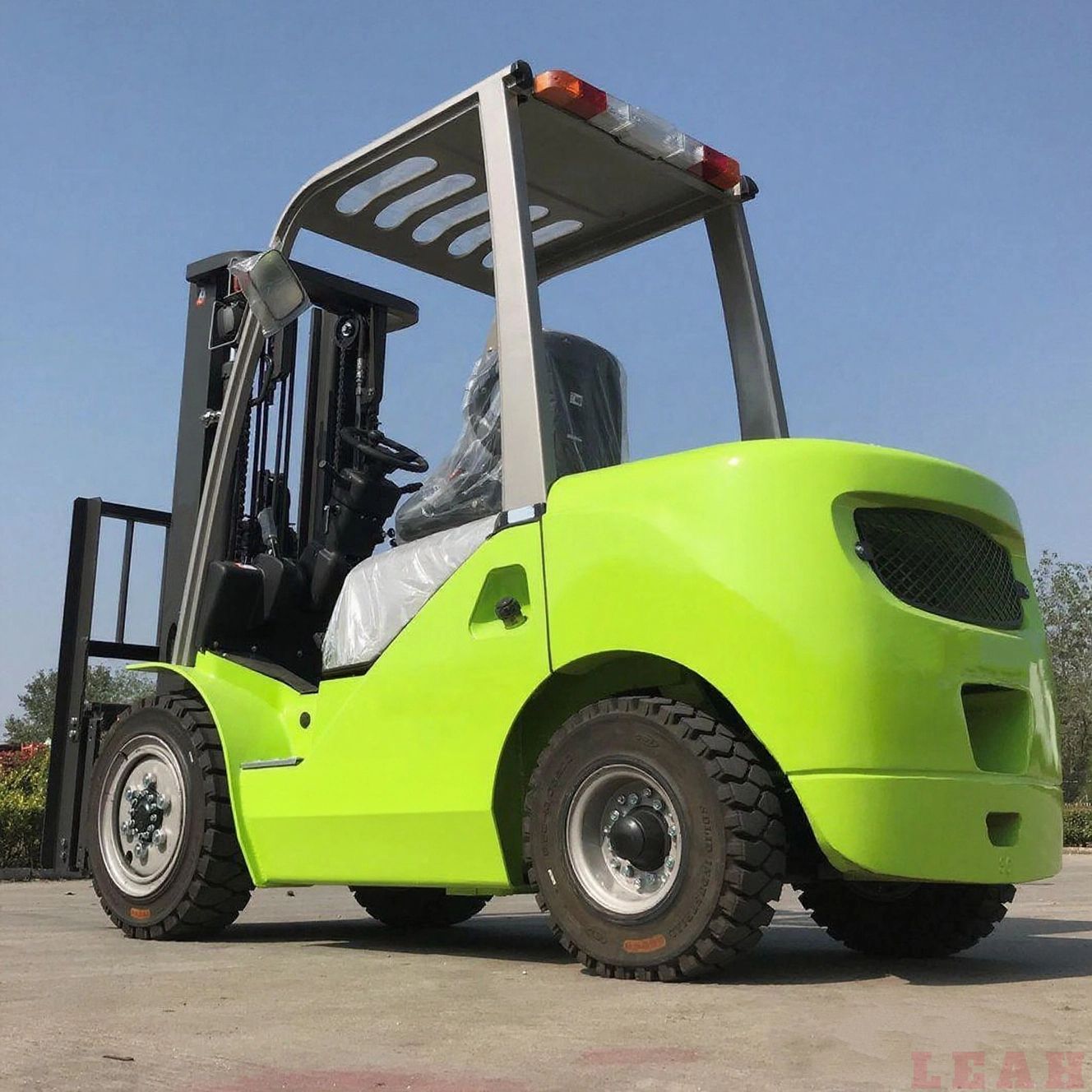Here is a part of the error - code list for Yale electric forklifts. The error codes are mainly applicable to forklifts with different controllers, and are presented in the form of LED display codes:
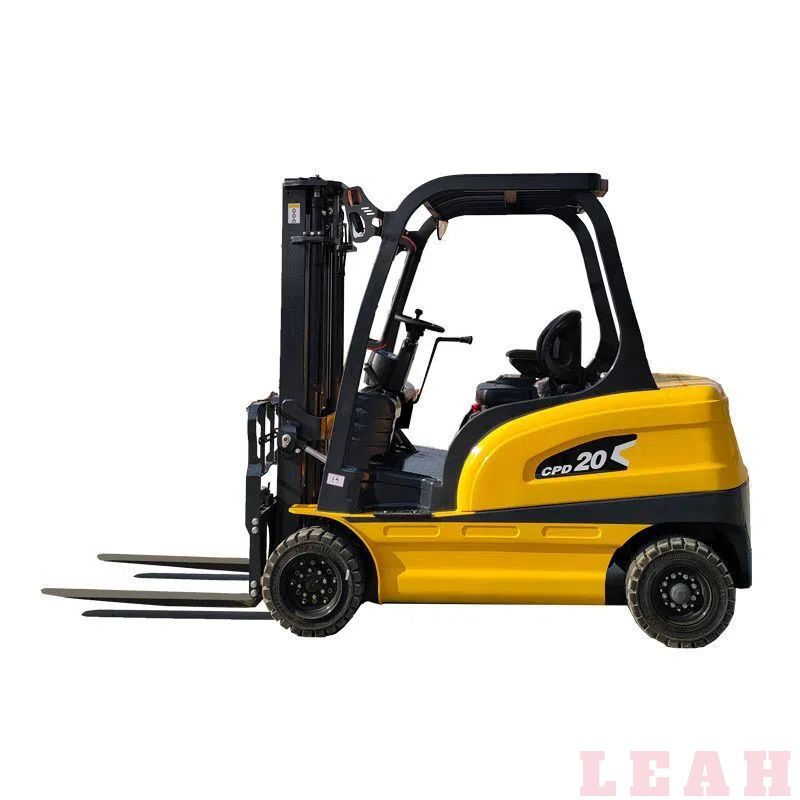
Separately - excited Controller
| LED Display Code | Programmer Display | Fault Cause | Solution |
|---|---|---|---|
| 0,1 | NO KNOWN FAULTS | None | None |
| 1,1 | CURRENT SHUNT FAULT | 1. High - current spike caused by wrong vehicle operation. 2. Current sensor out of range. 3. Controller failure. | Turn off and then turn on the key switch again. If the problem persists, replace the controller. |
| 1,2 | HW FAILSAFE | 1. Strong environmental interference. 2. Self - check or watchdog error. 3. Controller failure. | Turn off and then turn on the key switch again. If the problem persists, replace the controller. |
| 1,3 | M - SHORTED | 1. Internal or external short - circuit between M - and B -. 2. Incorrect motor wiring. 3. Controller failure. | Check the wiring; turn off and then turn on the key switch again. If the problem persists, replace the controller. |
| 1,4 | SRO | 1. Incorrect operation sequence of interlock switch, direction switch and key switch. 2. Open - circuit of interlock switch or direction circuit. 3. Too short operation sequence delay time. 4. Incorrect start - up operation sequence (SRO) or wrong accelerator type selection. 5. Incorrect accelerator adjustment. | Check the operation sequence; check whether the accelerator adjustment is correct; check whether the programmer parameters are correct. |
| 2,1 | THROTTLE WIPER HI | 1. Open - circuit or short - circuit of accelerator input to B +. 2. Accelerator failure. 3. Wrong accelerator type selection. | Correct the accelerator wiper input to make it turn from the wrong high input to the normal input range. |
| 2,2 | EMR REV WIRING | Open - circuit of emergency reverse line or its detection line | Re - check the emergency reverse line or turn on and off the interlock switch again. |
| 2,3 | HPD | 1. Incorrect operation sequence of interlock switch, accelerator and key switch. 2. Accelerator failure. 3. Too short operation sequence delay time. 4. Wrong accelerator type selection. | Check whether the operation sequence is correct; check whether the accelerator adjustment is correct; check whether the programmer parameters are correct. |
| 3,1 | FIELD SHORT | 1. Short - circuit of main contactor coil. 2. Short - circuit of exciting coil to B + or B -. 3. Too low exciting resistance. | Check the contactor coil and exciting coil, and turn off and then turn on the key switch again. |
| 3,2 | MAIN CONT WELDED | 1. Main contactor contacts are stuck. 2. Short - circuit of main contactor coil drive. | Check the contactor and wiring; turn off and then turn on the key switch again. |
| 4,1 | LOW BATTERY VOLTAGE | 1. Battery voltage is lower than the minimum operating voltage of the controller. 2. Corroded battery terminals. 3. Loose battery or controller connection terminals. 4. Controller failure. | Make the battery voltage higher than the minimum operating voltage of the controller. |
| 4,2 | OVERVOLTAGE | 1. Battery voltage is higher than the maximum cut - off operating voltage of the controller. 2. The charger is still connected during vehicle operation. | Make the battery voltage lower than the upper - limit cut - off operating voltage of the controller. |
| 4,3 | THERMAL CUTBACK | 1. Temperature > 85°C or < - 25°C. 2. Vehicle overload. 3. Incorrect controller installation. | Restore the temperature to the normal value. |
Series - excited Controller
| LED Display Code | Programmer Display | Fault Cause | Solution |
|---|---|---|---|
| 0,1 | NO KNOWN S | None | None |
| 1,2 | HW FAILSAFE | 1. Strong environmental interference. 2. Self - check or watchdog error. 3. Controller failure. | Turn off and then turn on the key switch again. If the problem persists, replace the controller. |
| 1,3 | M - | 1. M - output is short - circuited to the ground. 2. Direction contactor does not pull in. 3. The direction contactor pulls in too slowly. 4. Internal short - circuit of the motor. | Check the wiring; turn off and then turn on the key switch again. If the problem persists, replace the controller. |
| 1,4 | SRO | 1. Incorrect operation sequence of interlock switch, direction switch and key switch. 2. Open - circuit of interlock switch or direction circuit. 3. Too short operation sequence delay time. 4. Incorrect start - up operation sequence (SRO) or wrong accelerator type selection. 5. Incorrect accelerator adjustment. | Check the operation sequence; check whether the accelerator adjustment is correct; check whether the programmer parameters are correct. |
| 2,1 | THROTTLE FAULT 1 | 1. Open - circuit or short - circuit of accelerator input to B +. 2. Accelerator potentiometer failure. 3. Open - circuit of accelerator input line. 4. Wrong accelerator type selection. | Correct the accelerator wiper input to make it turn from the wrong high input to the normal input range. |
| 2,2 | BB WIRING CHECK | Open - circuit of emergency reverse line or its detection line | Re - check the emergency reverse line or turn on and off the interlock switch again. |
| 2,3 | HPD | 1. Incorrect operation sequence of interlock switch, accelerator and key switch. 2. Wrong HPD type selection. 3. Incorrect accelerator potentiometer adjustment. | Check whether the operation sequence is correct; check whether the accelerator adjustment is correct; check whether the programmer parameters are correct. |
| 3,1 | CONTDRVR OC | 1. Short - circuit of reversing contactor coil. 2. Short - circuit of shunt field. | Check the contactor coil and turn off and then turn on the key switch again. |
| 3,2 | DIR CONT WELDED | 1. Main contactor contacts are stuck. | Check the contactor and wiring; turn off and then turn on the key switch again. |
| 4,1 | LOW BATTERY VOLTAGE | 1. Battery voltage is lower than 16V. 2. Corroded battery terminals. 3. Loose battery or controller connection terminals. | Make the battery voltage higher than the minimum operating voltage of the controller. |
| 4,2 | OVERVOLTAGE | 1. Battery voltage is higher than 33V. 2. The charger is still connected during vehicle operation. | Make the battery voltage lower than the upper - limit cut - off operating voltage of the controller. |
| 4,3 | THERMAL CUTBACK | 1. Temperature > 85°C or < - 25°C. 2. Vehicle overload. 3. Incorrect controller installation. 4. Working in an extreme environment. | Restore the temperature to the normal value. |
In addition, there are some other common fault codes, such as code 12836 indicating a low - range brake sensor, and code 29456 indicating a drive motor speed sensor failure. Code 30 is related to the pump contact, which may be caused by reasons such as stuck pump contact tips, short - circuit of T1P or T2P, and open - circuit of wiring. You can solve the problem through the Yale Electric Forklift Manual.
If unable to solve the problem, please find a nearby electric forklift dealer and have them dispatch electric forklift technicians for electric forklift repairs. 




